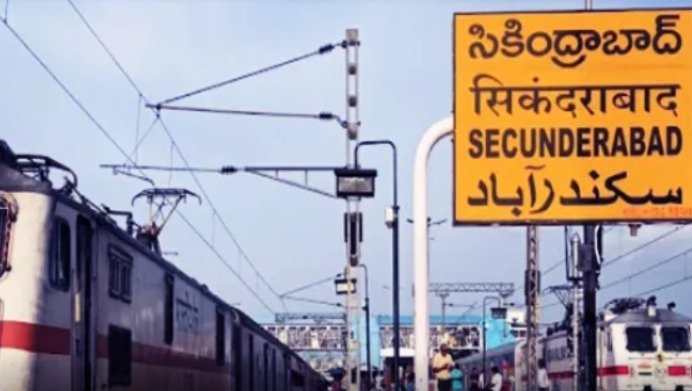Today marks the 172nd anniversary of a monumental event in India’s history—the launch of its first passenger train. On April 16, 1853, the Great Indian Peninsula Railway made history by operating the inaugural train journey from Bori Bunder (now Mumbai) to Thane.
This 34-kilometer journey, completed in just 1 hour and 15 minutes, was a groundbreaking moment that laid the foundation for the vast railway network we see today. The train, consisting of 14 coaches and powered by three steam engines named Sahib, Sindh, and Sultan, carried 400 invited passengers on its maiden voyage. The event was celebrated with grandeur, including a 21-gun salute, symbolizing the significance of this achievement.
Since that historic day, Indian Railways has grown into one of the largest and busiest rail networks in the world, connecting millions of people across the country. It has played a pivotal role in shaping India’s economy, culture, and social fabric. Railways Minister Ashwini Vaishnaw commemorated the occasion, calling it a “landmark day in the nation’s history.” He highlighted the enduring legacy of Indian Railways and its commitment to serving the nation.
As of now, Indian Railways operates over 13,000 trains daily, which includes 4,111 Mail and Express trains, 3,313 Passenger trains, and 5,774 Suburban trains. Additionally, there are around 9,146 freight trains running daily. This extensive network reflects the scale and efficiency of Indian Railways in connecting the nation. Isn’t it fascinating how such a vast system keeps the country moving?


